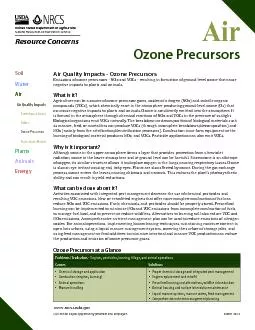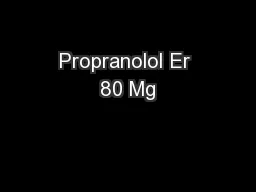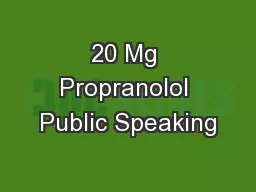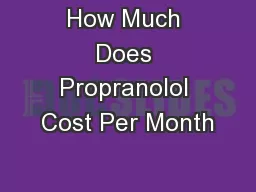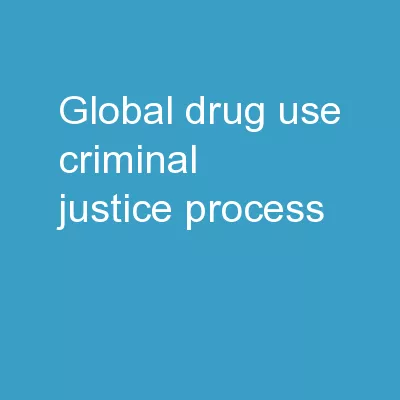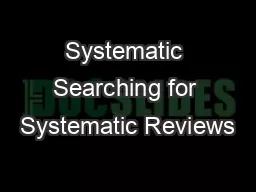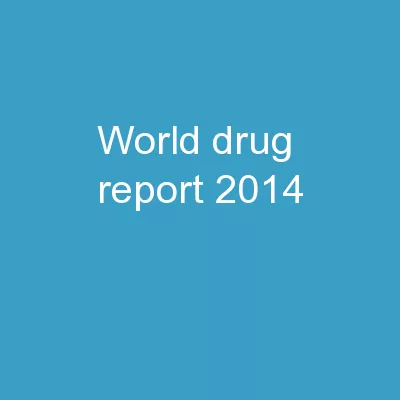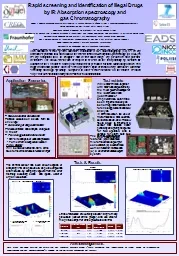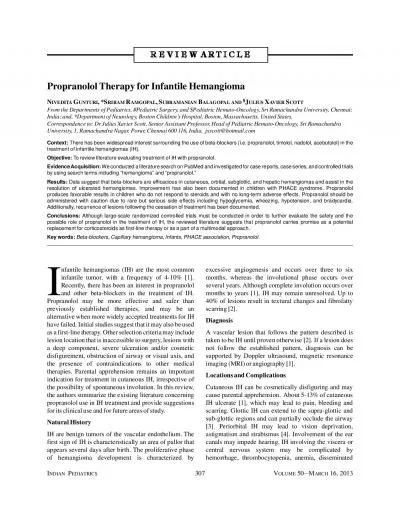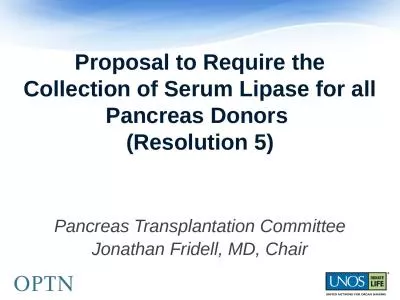PPT-Systematic study of lipase-catalyzed resolution of propranolol precursors
Author : joanne | Published Date : 2022-06-01
Isabel BorregueroRequejo 1 and Andrés R Alcántara 2 1 Actual address GSK Production GMS Alcalá de Henares Factory Ctra de Ajalvir km 2500 E28006
Presentation Embed Code
Download Presentation
Download Presentation The PPT/PDF document "Systematic study of lipase-catalyzed res..." is the property of its rightful owner. Permission is granted to download and print the materials on this website for personal, non-commercial use only, and to display it on your personal computer provided you do not modify the materials and that you retain all copyright notices contained in the materials. By downloading content from our website, you accept the terms of this agreement.
Systematic study of lipase-catalyzed resolution of propranolol precursors: Transcript
Download Rules Of Document
"Systematic study of lipase-catalyzed resolution of propranolol precursors"The content belongs to its owner. You may download and print it for personal use, without modification, and keep all copyright notices. By downloading, you agree to these terms.
Related Documents



